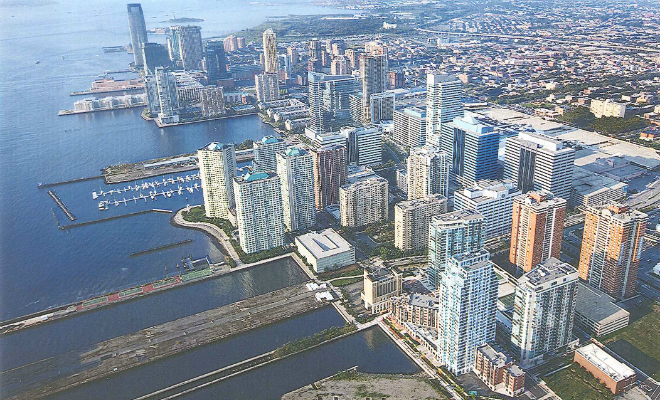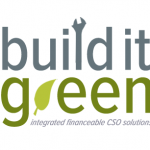New Jersey Future Blog
Taxes, Infrastructure Repair, and Lane Use
October 3rd, 2007 by Tim Evans
- At 10.5 cents per gallon, New Jersey has the third-lowest gasoline tax in the nation; only Alaska and Georgia* are lower. Washington has the highest tax: 36 cents per gallon.
- New Jersey’s gasoline tax has not been raised since 1988. If the tax had kept pace with inflation, it would be 16 cents per gallon today, still lower than the national average of 21.5 cents per gallon.
- On average, New Jersey has some of the lowest retail gasoline prices in the nation.
- New Jersey’s overall infrastructure received a C-minus grade from the NJ Section of the American Society of Civil Engineers. Roads and Bridges both received D grades.
*Source: Energy Information Administration.
The Case for a Gas Tax Increase
Recently, the issue of increasing the gas tax has resurfaced amid calls to address the state’s aging transportation infrastructure. A moderate increase in the gas tax in New Jersey, which today is 10 cents per gallon below the national average, would have two direct benefits. It would provide funds for infrastructure improvement, and it would encourage people to drive less. While the former is fairly straightforward, the latter is more subtle. The concept of using a tax to influence behavior is known as a “Pigouvian Tax,” after economist Arthur Pigou. Common examples are cigarette and alcohol taxes, which are designed to reduce consumption while generating revenue.
In New Jersey, Governor Jon Corzine has made a commitment to reducing the state’s greenhouse gas emissions, of which the transportation sector accounts for one-third. An increased gas tax would help accomplish this goal in three ways:
In the short term, higher fuel prices would encourage drivers to do small things to decrease their driving. When gas prices rise, people tend to plan their trips more efficiently, taking care of several errands at once rather than making separate trips. Higher gas prices also encourage people to walk or ride bikes for shorter trips.
In the midterm, consumers will be more likely to consider fuel economy when they purchase their next vehicle. This trend can be seen today, with more consumers opting for hybrids and other high fuel economy models as gas prices rise.
In the long term, land use decisions will begin to reflect the fact that it is more expensive to drive. Businesses seeking to make it easier for their employees to get to work might consider locating near a train station or bus stop rather than at a highway intersection. Homebuyers may think twice about buying a house in an automobile-dependent neighborhood far from town when they consider the cost of driving back and forth for all their activities.
The link between land use and the cost of driving is perhaps the most significant potential benefit of a higher gas tax. A recent study by the Urban Land Institute demonstrates the close correlation between sprawling, automobile-dependent land uses and carbon emissions. It warns that if these patterns continue, growth in vehicle miles traveled (VMT) will offset any benefits derived from increases in fuel economy.
Making Sure It’s Effective
There are two keys to ensuring that an increased gas tax is both politically feasible and economically effective. The first is phasing it in over time. Today, the demand for gasoline is relatively inelastic: there is not much consumers can do in the short term to significantly lower their demand. A large, immediate hike in the gas tax would be a heavy burden on many consumers, who are unlikely to go out tomorrow and buy a hybrid or move to a house near a train station. Phasing in an increase allows consumers to adjust to higher gas prices over time and to make decisions that will lower their dependence on gasoline in the long run.
The second key is dedicating the revenue generated from an increased gas tax to transportation infrastructure. Voters are unlikely to support an increased gas tax if they aren’t convinced the money raised will be put to good use. The Transportation Trust Fund exists to finance infrastructure projects, but in the past revenues intended for the TTF have been diverted to the General Fund. Voters need to be assured that revenues from an increased gas tax won’t meet the same fate.
Any increase in the gas tax is bound to be unpopular. No one likes paying higher taxes, especially for a product that most people use every day. The irony is that we already pay a heavy price for our dependence on cars. Congestion, pollution, sprawl, even obesity can be linked directly to policies that favor driving over other means of transportation. An increased gas tax can help change that equation, while at the same time providing a dedicated revenue source for much-needed infrastructure improvements and improved mass transportation.
If you have any questions about this issue of Future Facts, please contact Tim Evans, Research Director or Jay Corbalis, Policy Analyst.
















